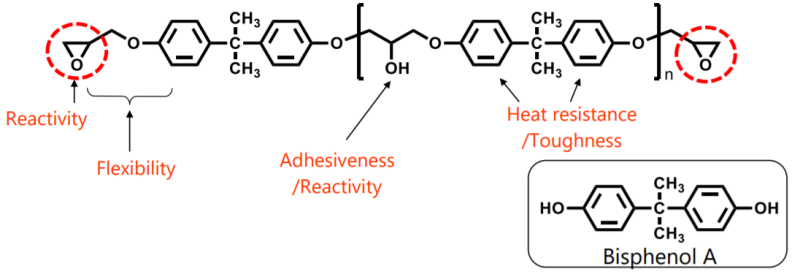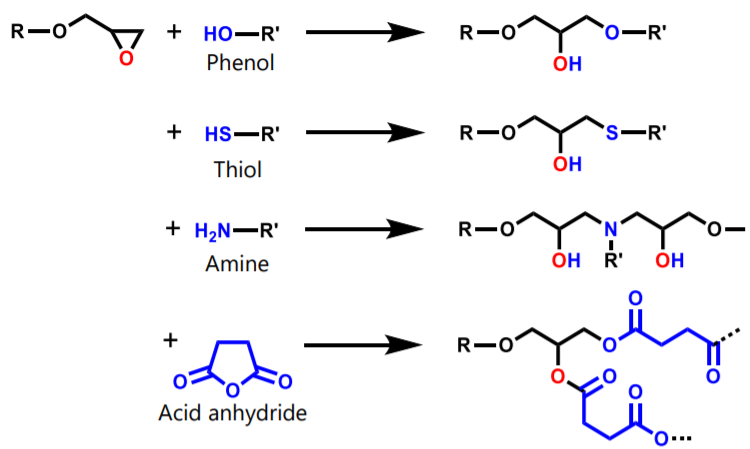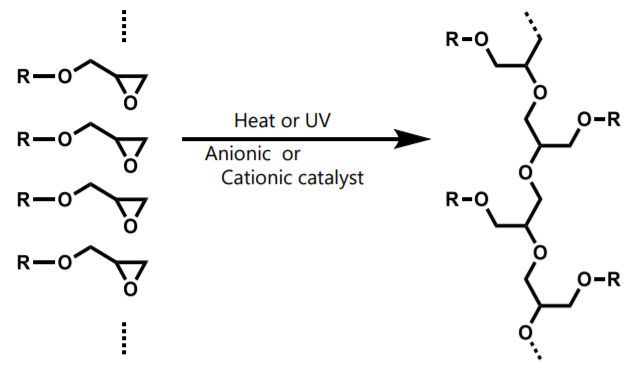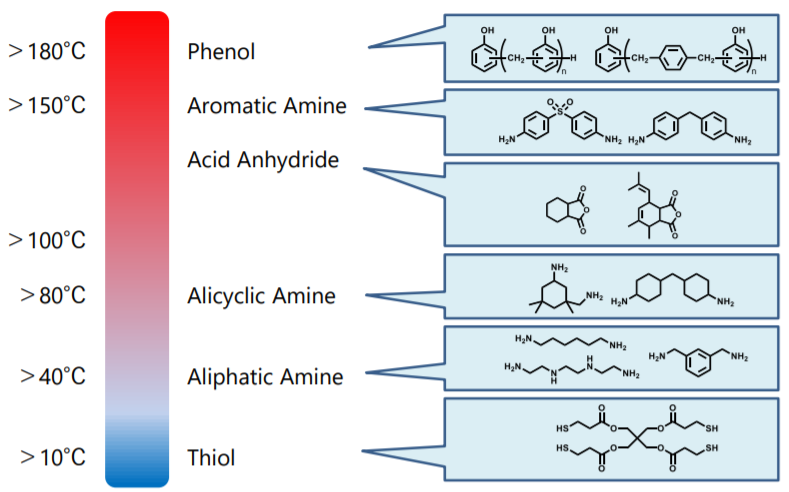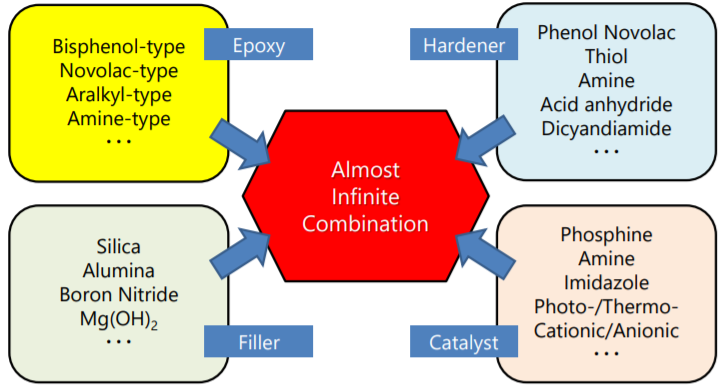A Japanese Ministry of Health, Labor, and Welfare toxicity study concluded that bisphenol A liquid epoxy resin and bisphenol F liquid epoxy resin are mutagenic. Therefore, when handling, it is necessary to follow the guidelines provided by the Ministry. In addition, as substances that can cause allergic dermatitis, official handling guidelines have been established by the Japanese Labor Standards Director and the Ministry of Health, Labor and Welfare. Similarly, precautions are needed in handling the curing agent. Especially amine-type curing agents can cause allergy-like dermatitis in people. In order to avoid direct contact, please use protective cream, gloves, goggles, and apron. Avoid inhalation of vapor and particulates by working in a well-ventilated area and working upwind of the material.
In the event of skin contact, avoid use of solvents, wipe the affected area with a dry cloth, wash thoroughly with soap and water, and then apply hand cream.
In the event of eye contact, flush eyes with water for more than 15 minutes, and then seek medical attention.















